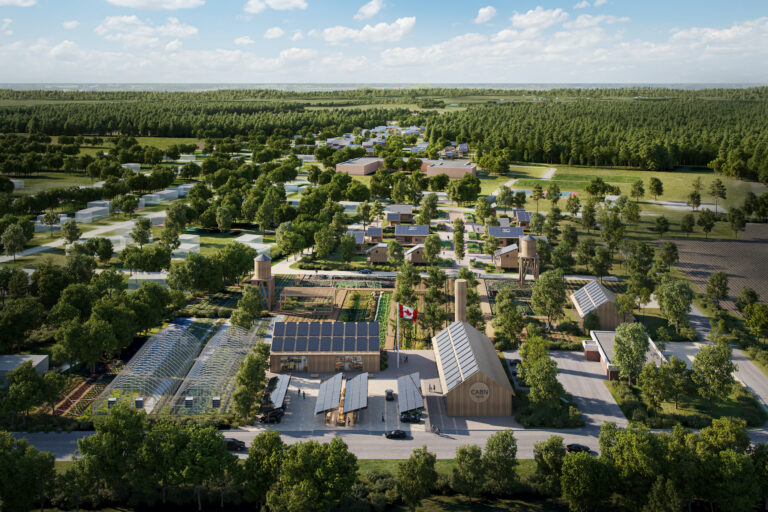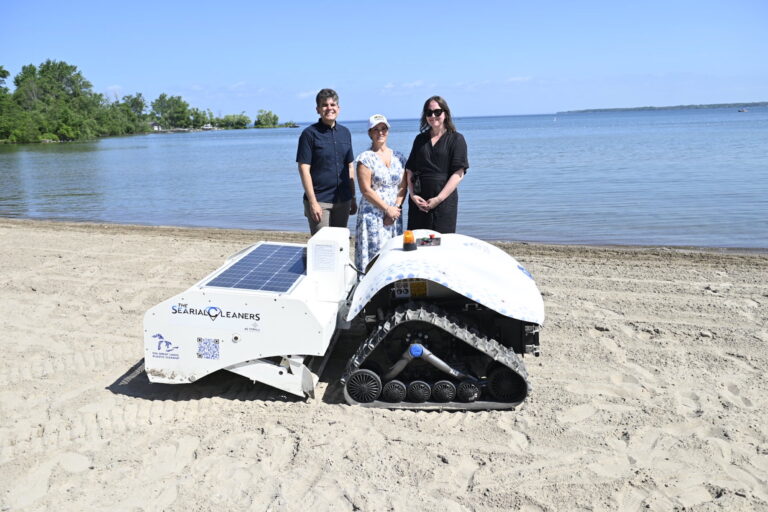Monday, June 30, 2025
A fast and effective deployment of wireless networks will play a key role in Canada achieving its climate change reduction commitments, according to a new report commissioned by the Canadian Wireless Telecommunications Association (CWTA) and developed by Accenture.
The report, “Accelerating 5G in Canada: The Role of 5G in the Fight Against Climate Change,” examines the important role that Canada’s wireless industry plays in the reduction of greenhouse gas (GHG) emissions and how investments in new wireless technologies, such as 5G, are critical to further reducing Canada’s carbon footprint.
Climate change is one of the most pressing issues confronting individuals and governments around the world. As a signatory to the 2015 Paris Agreement, Canada has committed to reducing its GHG emissions to 30 per cent below 2005 levels by 2030. In the recent Throne Speech, the federal government committed to exceed these targets. While the country is making progress, reaching even more rigorous targets set out in the Paris Agreement continues will be challenging.
5G will help Canada meet its reduction targets by dramatically increasing the energy efficiency of Canada’s wireless networks and enabling the creation and deployment of innovative technologies that will reduce energy consumption and carbon emissions in industries such as transportation, manufacturing, mining, forestry and critical building systems.
“This study reinforces just how significant the benefits of 5G will be for Canada,” said Tejas Rao, managing director and global 5G lead for Accenture’s Network Practice. “While we know from previous reports that 5G will foster much-needed economic growth and could create up to 250,000 new jobs in Canada, this study highlights the important role that 5G will have in fighting climate change by lowering carbon emissions, improving energy efficiency and enhancing precision for monitoring the environment.”
The report outlines how 5G will help reduce Canada’s environmental footprint, including:
- Allow network operators to be more energy efficient on a per unit output level. Energy used by a general 5G cell site will be 8-15 per cent of what is currently used by a similar 4G cell site. Overall, it is predicted that 5G will support a thousand-fold traffic increase in the next 10 years, while the full network’s energy consumption will be half the current levels.
- Enable use cases that allow for improved carbon abatement from most industry verticals. Research shows that the use of wireless technologies in high-emitting industries has enabled abatement of approximately 10 times as much carbon as the mobile industry’s own operations have generated, and that the adoption of 5G could contribute an additional abatement of up to 20 per cent of total wireless technologies enabled abatement. Altogether, mobile technologies have the potential to address 23 per cent of Canada’s total 2030 emission reduction target by 2025.
- Ground-breaking new use cases. 5G will allow for a more connected society and enable new technologies that contribute to reductions to our carbon footprint such as autonomous vehicles or intelligent energy networks. In addition to carbon abatement, new use cases can increase the precision in monitoring the environment and combatting other forms of environmental degradation.
“The Government of Canada has made climate action a cornerstone of its plan to grow our economy and create jobs, and 5G will play an important role in achieving these objectives,” said Robert Ghiz, president and CEO of CWTA. “While we know that 5G will create jobs and drive economic growth, this new study shows that that 5G can achieve these results while also reducing Canada’s carbon footprint across multiple critical industry sectors. But delivering on the promise of a greener and more prosperous Canada requires policies that encourage private investment in network infrastructure and the support of all levels of government in reducing barriers to the deployment of 5G.”
To read the full report, click here.











